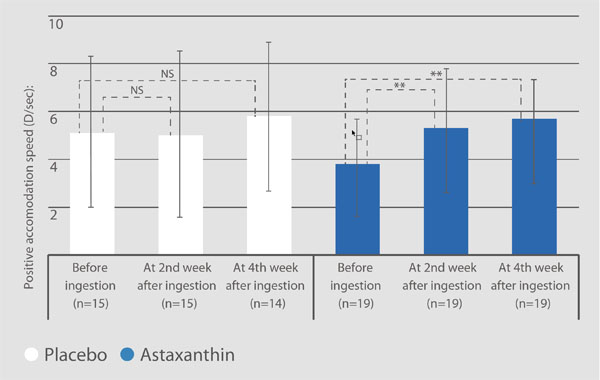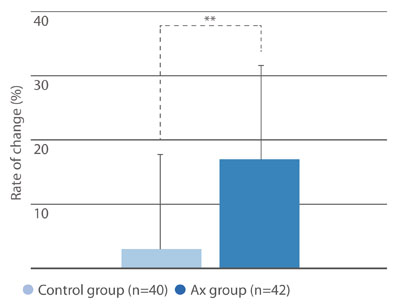Computer Vision Syndrome (CVS) is a by-product of today’s computer world. It is a temporary condition resulting from focusing the eyes on a computer display for protracted, uninterrupted periods of time.
The most common symptoms of CVS are eye fatigue, blurred vision and itchy eyes. Widespread and heavy usage of visual display devices is commonplace in modern society, with the average worker spending more than 45 hours in front of a computer screen every week.
The National Institute of Occupational Safety and Health in the USA found that more than 88% of office workers suffered from eyestrain. Another report from Europe showed that 23% of Swedish schoolchildren suffer from eye fatigue owing to the heavy use of video games.
Accommodation is defined as the ability of the eye to change its focus from distant to near objects (and vice versa). A human eye can change focus from infinity to 7cm in 350ms. This dramatic change in focal power occurs as a consequence of reduction in the zonular tension induced by the ciliary muscle. Put simply, the circular ciliary muscles inside the eyes contract to focus on near subjects and relax to focus on distant subjects.
During a long computer session, the eyes exert substantial energy to focus on the computer screen. This is why vision can be temporarily blurred after a long computer session.
Clinical studies have shown that natural astaxanthin supplementation improves eye fatigue by quenching the cellular inflammation that emerges during persistent visual stress and tension of the ciliary muscle.
What is natural astaxanthin?
It is a naturally occurring carotenoid that's derived from the microalgae Haematococcus pluvialis. As well as being the most powerful antioxidant known to science, it also has potent anti-inflammatory properties.
Natural astaxanthin’s distinct advantage in comparison with other antioxidants, is its ability to span the entire lipid bilayer of the cell membrane, thus providing superior protection from the inside out.
Research and key findings
A large body of research has shown that natural astaxanthin supplementation can improve the symptoms linked to Computer Vision Syndrome, such as eye fatigue and blurred vision, by improving accommodation responsiveness, range and resilience.
A 2005 study investigated the efficacy of natural astaxanthin on accommodation speed: 40 healthy subjects suffering asthenopia (eye fatigue) took a 6mg/d natural astaxanthin supplement versus a placebo for 4 weeks.
The astaxanthin group showed significant improvement in accomodation speed compared with the placebo group (Figure 1).

Figure 1: Double blind study showing a significant improvement in the negative accommodation speed (near to far) in the Ax group after 4 weeks of supplementation (6mg/d) vs placebo. Each value shows mean ± standard deviation. **Significant difference compared with before start of ingestion, p<0.01 (paired t-test).
Retinal blood flow is the essence of vision as it is the base of the eye’s internal balance. Low antioxidant capacity and blood fluidity can lead to a disturbance of the eye’s capillary circulation. It is believed that astaxanthin supplementation improves the nutrition, oxygenation, waste removal and tissue rejuvenation function of the eye.
A double blind study conducted in 2010 investigated the efficacy of natural astaxanthin on accommodation ability: 42 subjects were supplemented with 9mg/d AstaReal natural astaxanthin versus a placebo for 4 weeks. The results concluded that the astaxanthin group had significantly higher accommodation ability compared with the control group (Figure 2).

Figure 2: Another double blind study by showing a significant improvement in the accommodation ability in the Ax group after 4 weeks
There are several other studies that have investigated astaxanthin’s efficacy on accommodation, with each showing promising results. In addition, many clinical trials have also shown that astaxanthin can improve blood capillary circulation of the eyes and consequently combat the development of ocular diseases.
There are more than 400 peer-reviewed studies on astaxanthin, and AstaReal has been featured in the vast majority of these studies. The clinical database for AstaReal contains more than 50 human studies, including 23 double-blind, placebo-controlled trials, with more than 1400 participants undergoing treatments lasting from 2 weeks to 6 months.
